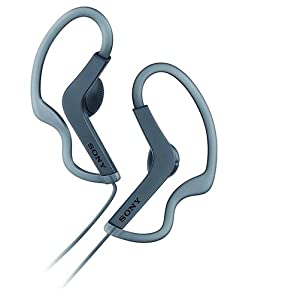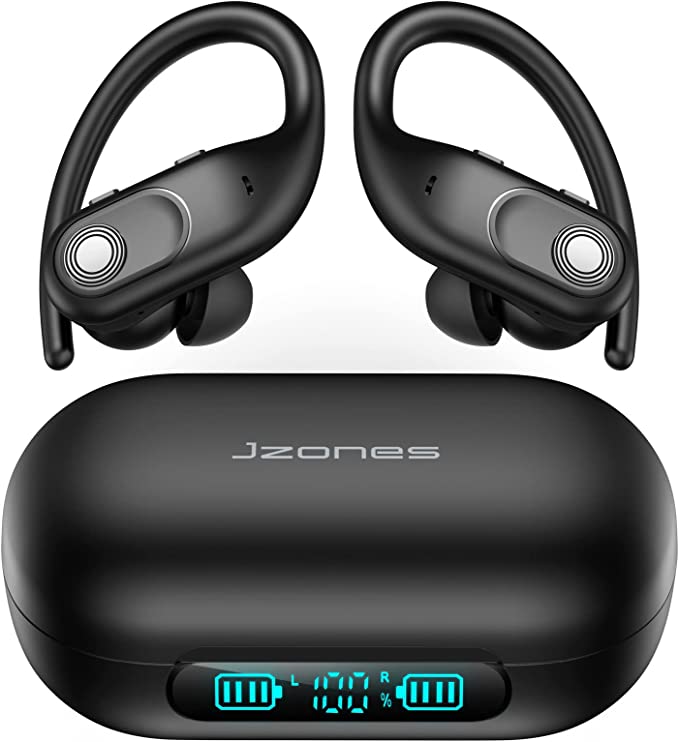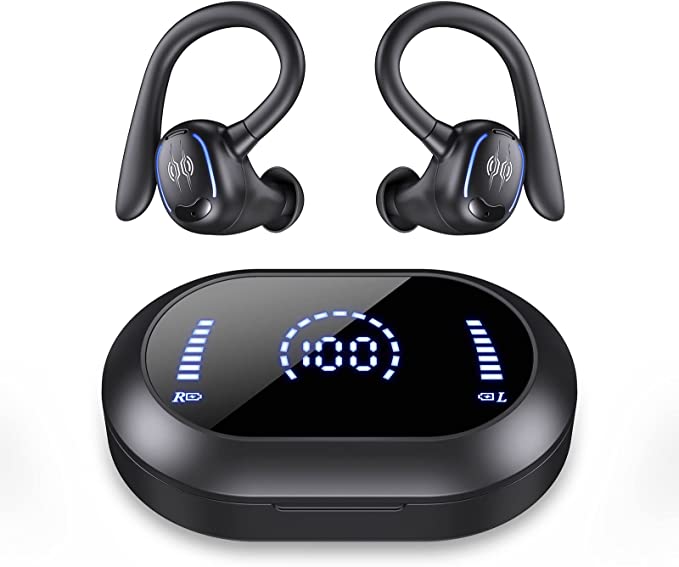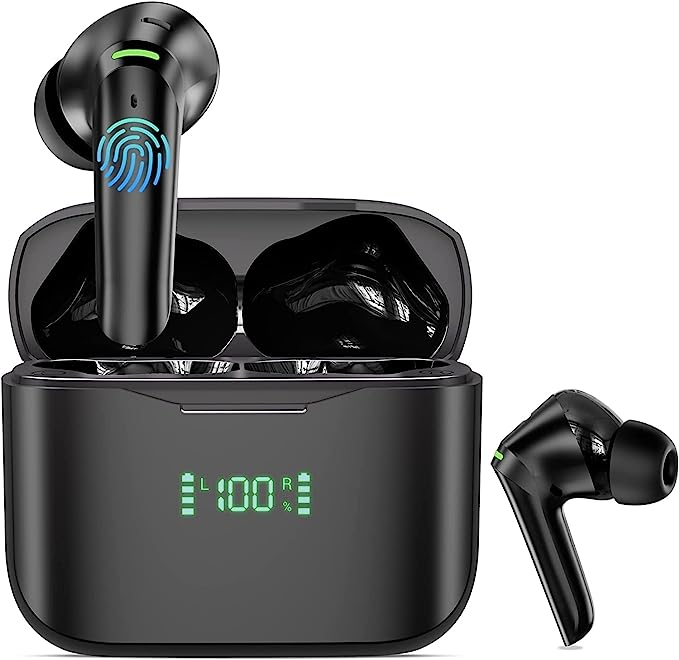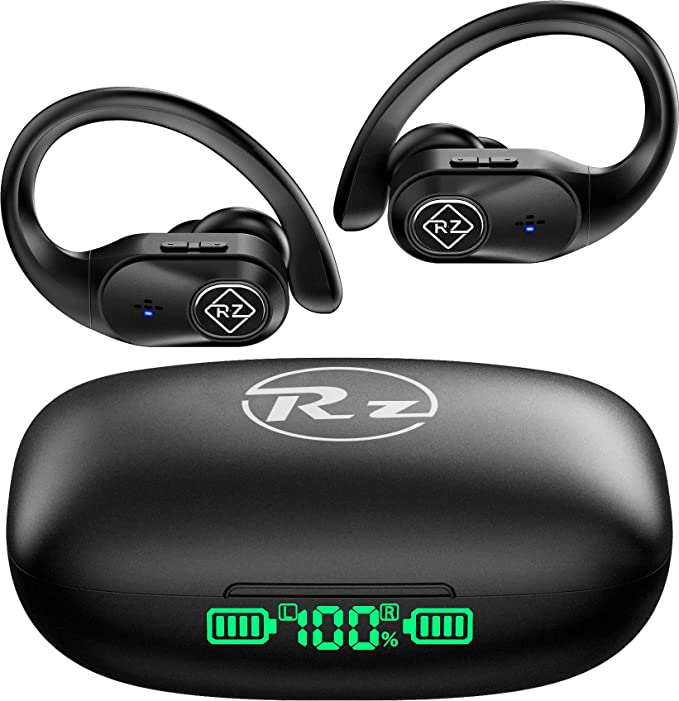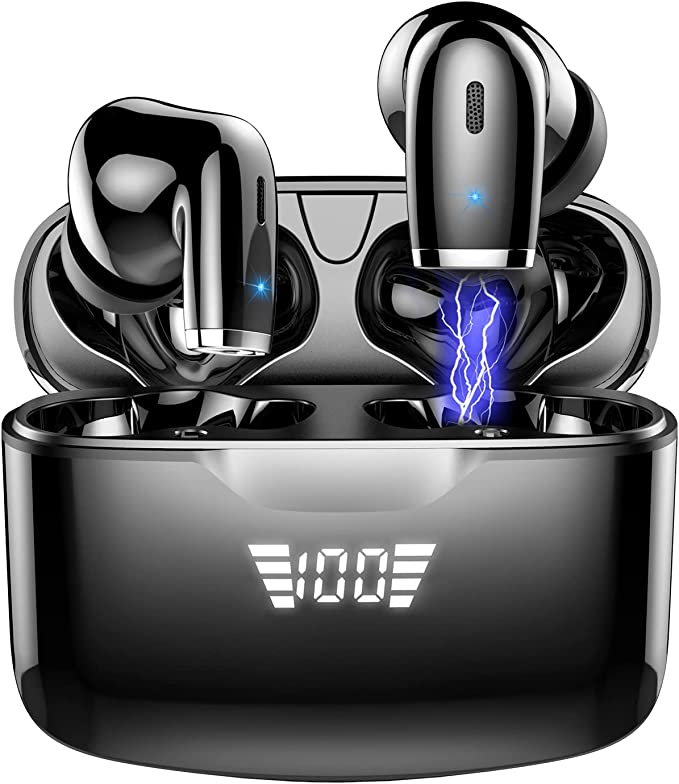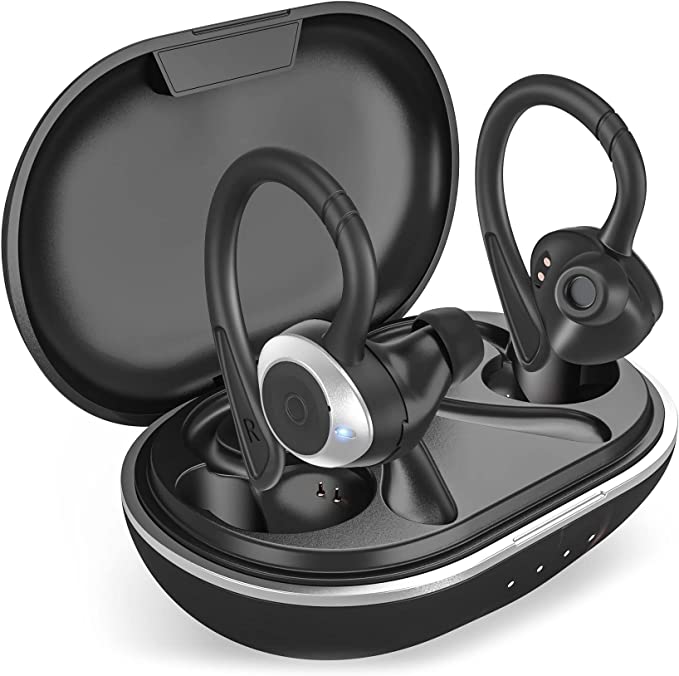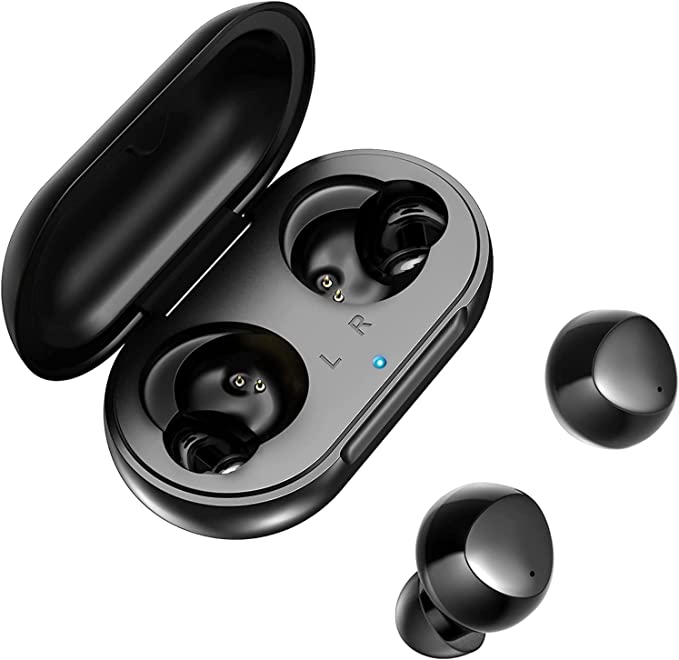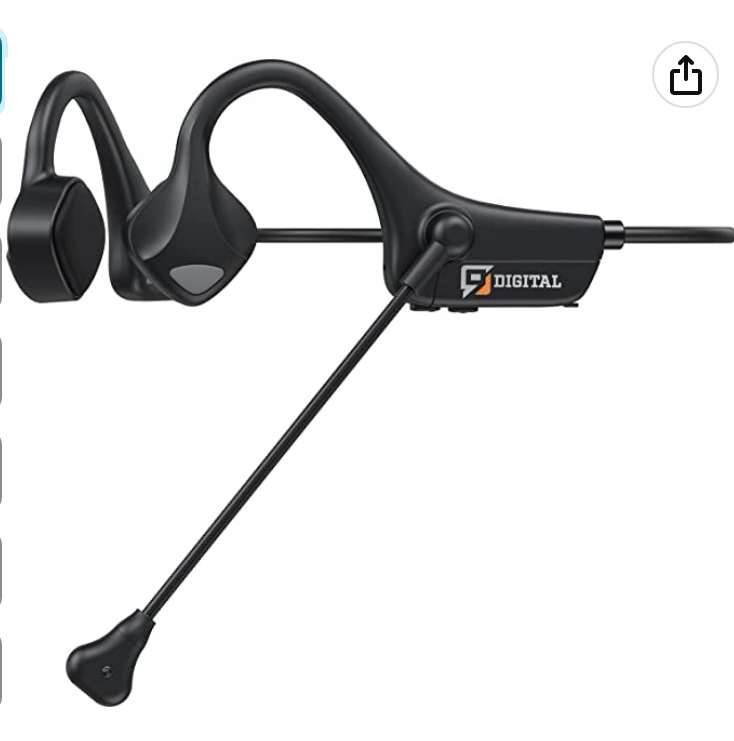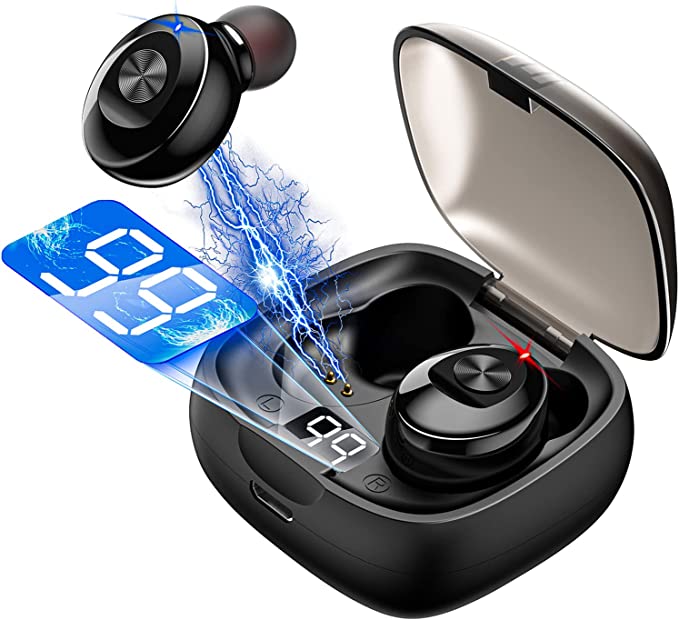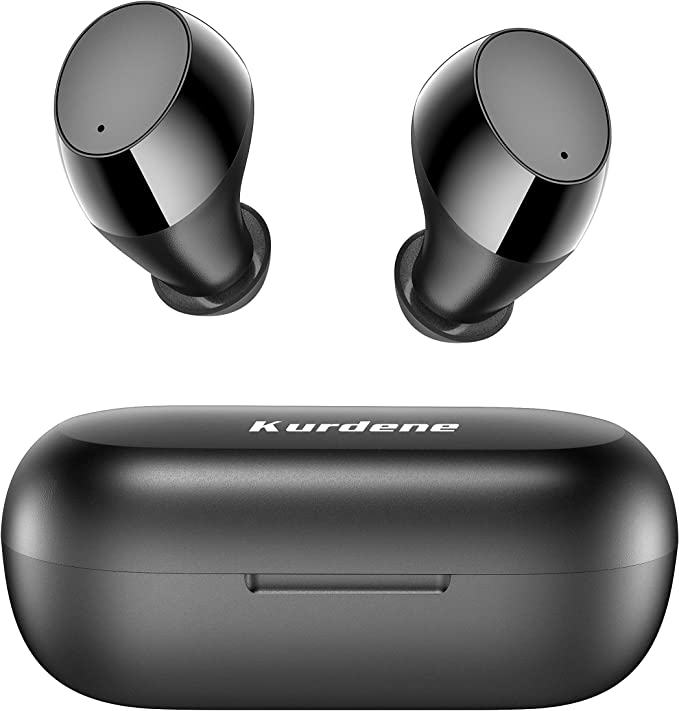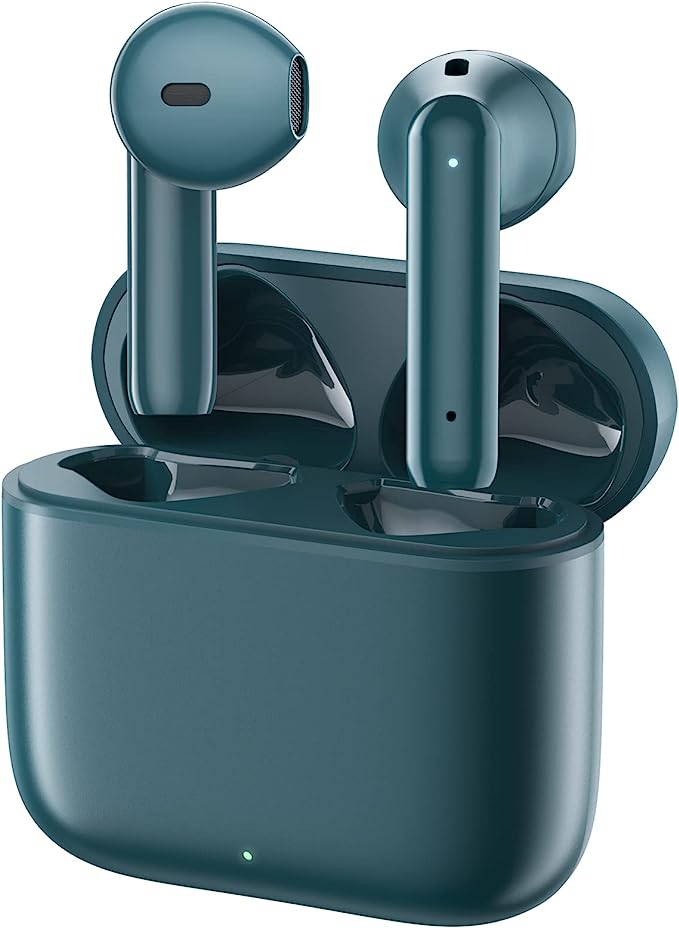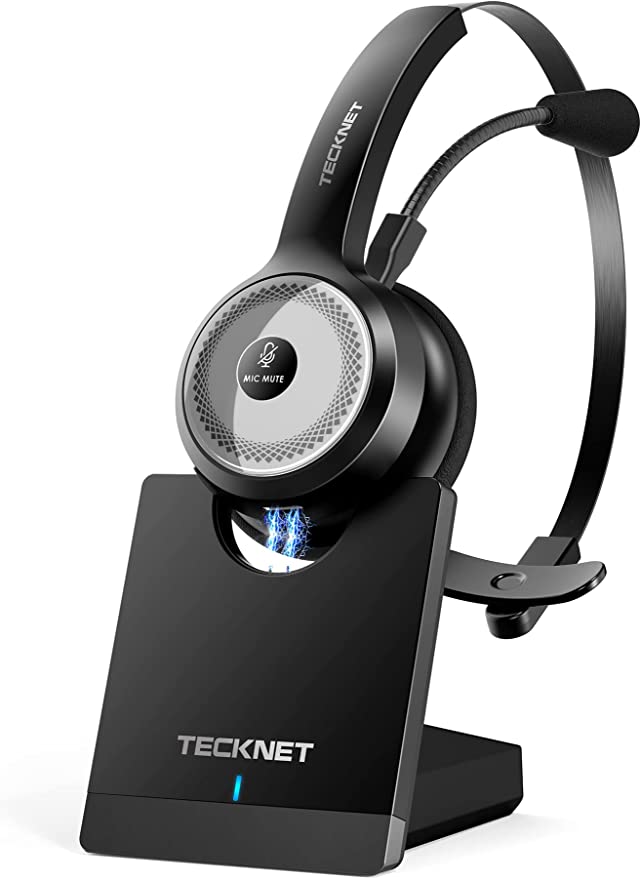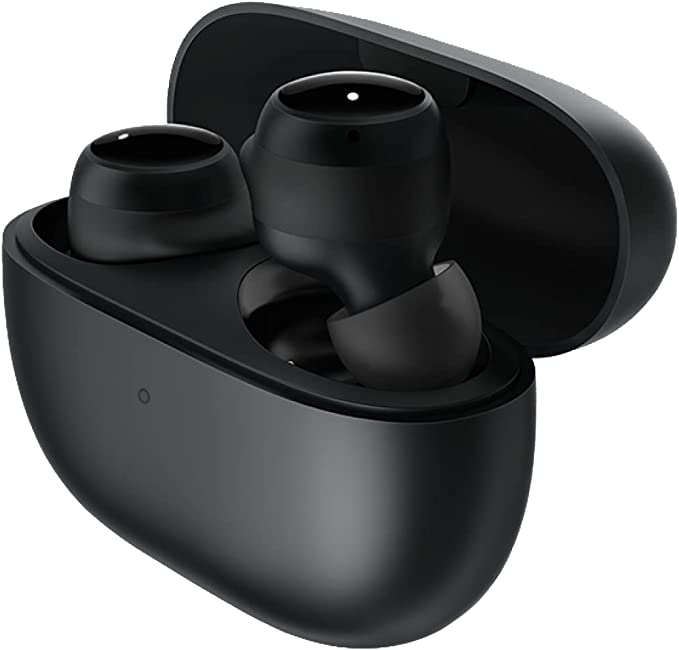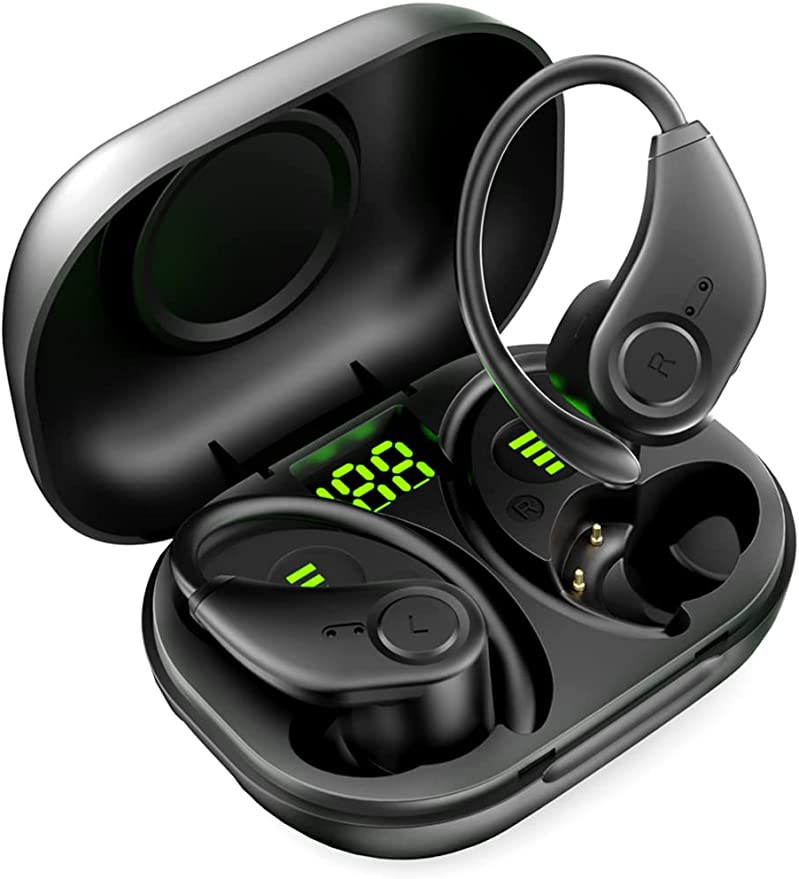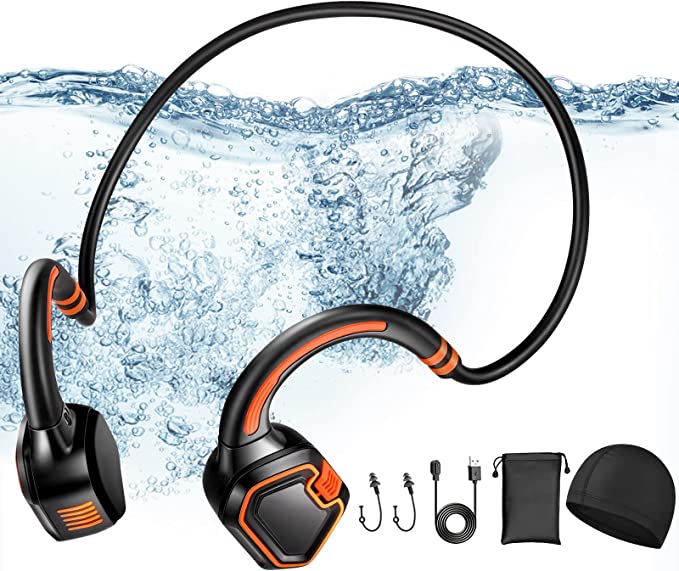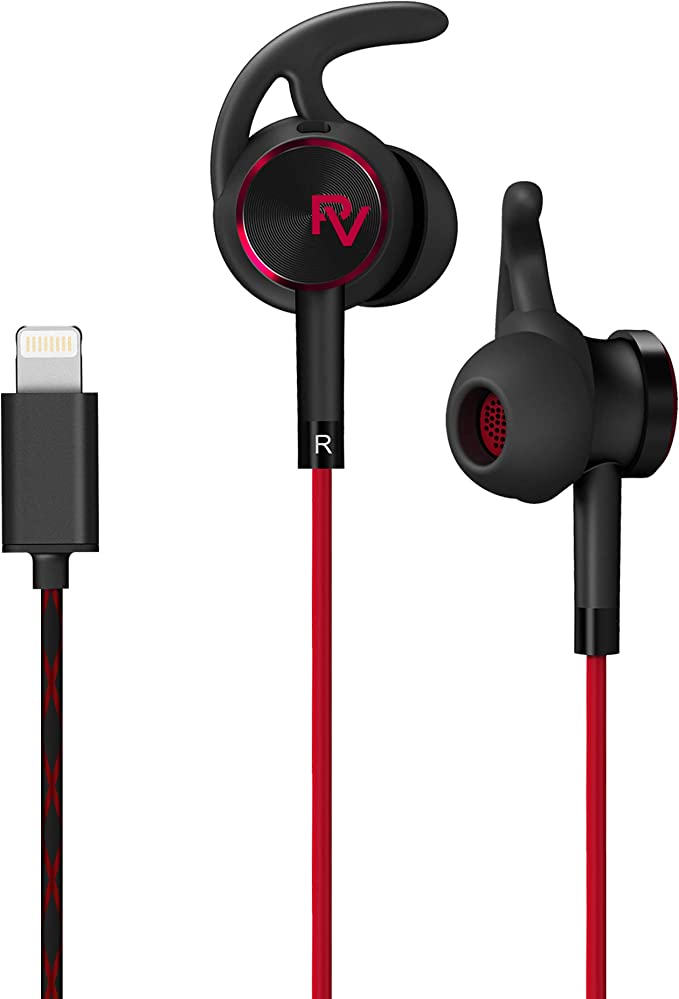The Science of Balance: How Our Brains and Smart Machines Are Conquering the Impossible
Update on Sept. 23, 2025, 5 a.m.
Do you remember learning to ride a bike? There’s a universal magic to that moment. One second, you’re a wobbling, flailing mess of scraped knees and desperation. The next, something clicks. The world stops shaking. You’re gliding, propelled by a sudden, intuitive understanding that feels less like a learned skill and more like a discovered superpower.
We call this “balance,” a word so common it feels trivial. Yet, the act of staying upright on two wheels—let alone one—is a neurological and physical marvel, a constant, high-speed conversation between brain, senses, and the unforgiving laws of physics. For most of human history, mastering this conversation required weeks of practice. Today, a new kind of dialogue is emerging, one between human and machine, and it’s shrinking that learning curve from weeks to mere minutes. This isn’t just about new gadgets; it’s about fundamentally changing the way we learn to interact with our physical world.

The Unsung Trinity Within Us
Before we can appreciate the genius of a self-balancing machine, we must first appreciate the genius within ourselves. Your ability to stand, walk, or ride a bike is orchestrated by a silent, brilliant trio of sensory systems.
First, there’s vision. Your eyes provide a clear reference to the horizon, telling your brain which way is up. Second, there’s proprioception, the unsung hero of your body’s awareness. It’s the intricate network of nerves in your muscles and joints constantly reporting their position and strain, letting you know where your limbs are without looking.
But the true star of the show resides deep within your inner ear: the vestibular system. Think of it as your body’s own high-tech inertial measurement unit (IMU). Tiny, fluid-filled canals and otolith organs detect every tilt, turn, and acceleration of your head with astonishing precision. When you lean left, this internal gyroscope instantly alerts your brain, which then commands countless muscles to make micro-adjustments to keep you from toppling over. This entire process—sense, compute, actuate—happens unconsciously and in fractions of a second. It’s a biological masterpiece of feedback control.
The Inverted Pendulum Problem
So, if our built-in balance system is so sophisticated, why is riding a unicycle so monumentally difficult?
The answer lies in a classic challenge in physics and control theory: the inverted pendulum. Imagine trying to balance a broomstick upright on the palm of your hand. The broomstick’s center of gravity is high above its pivot point (your hand). The slightest deviation, and gravity creates a torque that amplifies the error, causing it to fall faster and faster. To keep it balanced, you must constantly move your hand to stay directly underneath its center of gravity.
A human on a unicycle is an inverted pendulum. The single point of contact with the ground offers no inherent stability. Your biological control system, brilliant as it is, is pushed to its absolute limit trying to manage this inherently unstable equilibrium, especially in the forward-and-backward direction.

The Rise of the Digital Cerebellum
This is where technology enters the stage, not as a replacement for our abilities, but as a powerful collaborator. The invention of the self-balancing vehicle, popularized by the Segway, was a direct assault on the inverted pendulum problem. How does it work? It relies on its own version of our sensory trinity, a “digital cerebellum.”
Inside every self-balancing device is a tiny, silicon-based miracle: a MEMS (Micro-Electro-Mechanical Systems) sensor, usually an IMU combining a gyroscope and an accelerometer. This chip acts as the device’s vestibular system, detecting its tilt angle and rate of change hundreds of times per second.
This data is fed into a microprocessor running a sophisticated control algorithm, most commonly a PID (Proportional-Integral-Derivative) controller. In beautifully simple terms, the algorithm constantly asks three questions: * Proportional (P): How far am I tilted from vertical right now? (The bigger the tilt, the stronger the correction). * Integral (I): How long have I been tilted? (This corrects for small, persistent errors that the P-term might ignore). * Derivative (D): How fast am I falling? (This anticipates future tilt and dampens the response to prevent overshooting).
Based on the answers, the algorithm sends a precise command to the electric motor, which spins the wheel forward or backward just enough to “catch” the falling system, keeping it perfectly balanced. It’s the same thing you do with the broomstick on your palm, but performed with inhuman speed and precision.
Hacking the Final Frontier of Balance
This digital cerebellum masterfully solves the forward-and-backward balance problem. Yet, for riders of traditional electric unicycles (EUCs), the final, and arguably hardest, challenge remains: lateral, or side-to-side, balance. The machine keeps you from falling forwards or backwards, but you are still responsible for not toppling over sideways.
From the perspective of educational psychology, this is a classic case of high cognitive load. A new rider is trying to simultaneously learn how to control their speed with body lean, how to steer, and how to maintain lateral balance. It’s too many new, complex tasks at once. This is why mastering a traditional EUC is often a grueling process of repeated falls.
This is where a simple, elegant piece of engineering can change everything. To understand how, let’s consider a device like the INMOTION E20. It doesn’t use a more complex algorithm to solve the lateral balance problem. Instead, it changes the physics of the problem itself. By using a single hub motor with two narrow tires mounted side-by-side, it fundamentally alters the foundation.
Instead of a single, infinitely small point of contact, the E20 has a narrow, but stable, base of support. This seemingly small change is a physical “hack” that allows the device to self-balance laterally when stationary or at low speeds. It effectively removes the most difficult variable from the equation for the beginner. The cognitive load plummets. The rider no longer has to solve the entire multi-axis balance problem at once. They can focus purely on learning the intuitive forward-and-backward lean for speed control. The machine handles the rest. This is why a skill that once took weeks of dedication can now be grasped in minutes. The technology hasn’t just assisted the learner; it has reshaped the very nature of the skill itself.

The New Symbiosis
Looking at a device like this, it’s easy to dismiss it as a set of “training wheels.” But that misses the bigger picture. This is a profound example of a new kind of human-machine symbiosis. We are increasingly “offloading” complex cognitive and physical tasks to technology, not out of laziness, but as a strategy to overcome our innate biological limitations.
An airline pilot doesn’t manually calculate fuel burn and wind shear; they offload it to the flight computer to focus on higher-level decision-making. A GPS navigator offloads the task of spatial memory and route-finding, freeing our minds to observe our surroundings.
Similarly, by offloading the brutal complexity of multi-axis balance to a clever combination of mechanics and algorithms, we are democratizing a form of movement that was once the exclusive domain of the highly practiced. It suggests a future where learning complex physical skills might become less about grueling repetition and more about understanding the principles of collaboration with smart systems.
The magic you felt when you first balanced on a bicycle wasn’t just about conquering a machine. It was about your brain forging a new relationship with the physical world. The new magic, embodied in these modern marvels, is about inviting a digital partner into that relationship, allowing us to glide effortlessly past boundaries we once thought were impossible to cross.

